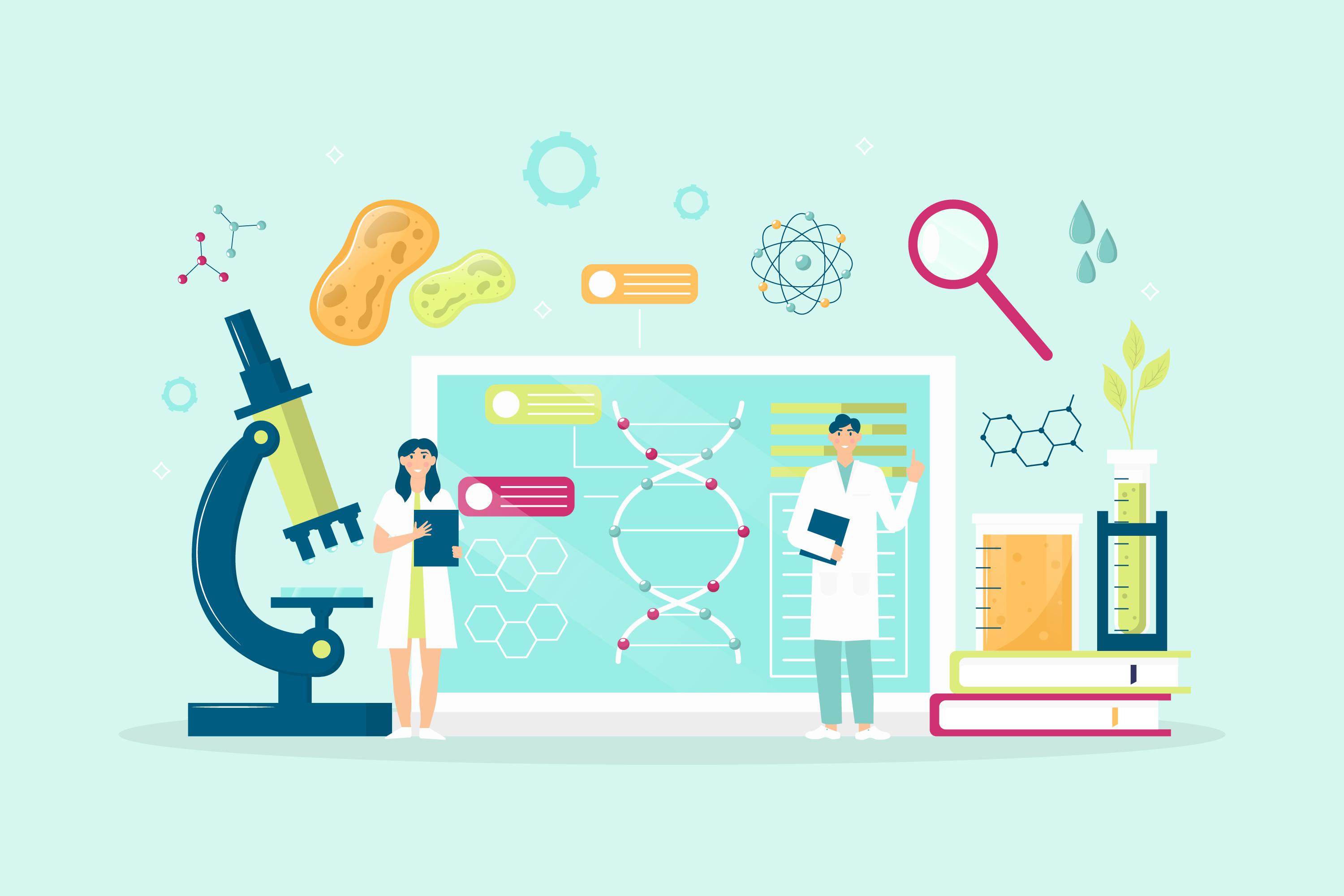Raw Cells Microbiological Study on Human Embryos Blastocyst Stage
DOI:
https://doi.org/10.31033/abjar.2.3.3Keywords:
microbiological study, embryos, blastocystAbstract
A well-known good medium for bacteria growth is raw cells. The largest producer of cells worldwide is India. It is a very perishable item, and improper handling could have negative health and financial effects. As a result, from cellsing to consumption, it needs to be produced with hygienic care. The 'germicidal' or 'bacteriostatic' qualities of freshly extracted buffalo cells may, however, be momentary. On a farm, the microorganism in raw cells can come from a variety of places, including the air, cellsing equipment, feed, soil, animal waste, and contaminated water sources. The microbiological quality and safety of 50 raw cells samples obtained from nearby dairy farms in Bareilly, India, were assessed in the current investigation. Total Aerobic Plate Count (TAPC) and Total Coliform Count (TCC) were determined in cells samples. The mean counts per millilitre for TCC and TAPC were respectively between log 2.0 and log 2.9 cfu ml-1 and log 4.0 to log 4.9 cfu ml-1. About all (n=100%) raw cells samples were infected with coliform bacteria, and TCC levels were determined to be higher than the permissible threshold set by the FSSAI. India is one of the developing nations where cells processing is carried out in unhygienic circumstances with little oversight or regulation. Under these circumstances, cells and cells products provide a greater risk of zoonotic foodborne disease, which is of significant public concern. As a result, stringent adoption of excellent hygiene practises from the farm to the customer is required.
Downloads
References
Cibelli,J.B., Grant,K.A., Chapman,K.B., Cunniff,K., Travis,W., Green,H.L., Walker,S.J., Gutin,P.H., Vilner,L., Tabar,V., Dominko,T., Kane,J., Wettstein,P.J., Lanz,R.P., Studer,L., Vrana,K.E., & West,M.D. (2002). Parthenogenetic stem cells in nonhuman primates. Science, 295.
Eva Soloy, Jiri Kanka, Dorthe Viuff, Steven Dale Smith, Henrik Callesen, & Torben Greve. (1997). Time course of pronuclear deoxyribonucleic acid synthesis in parthenogentically activated bovine oocytes. Biol. Reprod, 57, 27-35.
Jin Young Ju, Chun Young Park, Mukesh Kumar Gupta, Sang Jun Uhm, Eun Chan Paik, Zae Young Ryoo, Youl Hee Cho, Kil Saeng Chung, & Hoon Taek Lee. (2007). Establishment of stem cell lines from nuclear transferred and parthenogenetically activated mouse oocytes for therapeutic cloning. Fertility and Sterility.
Kitai Kim, Paul Lerou, Akiko Yabuuchi, Claudia Lengerke, Kitwa Ng, Jason West, Andrew Kirby, Mark J. Daly, & George Q. Daley. (2007). Histocompatible embryonic stem cells by parthenogenesis. Science, 315(5811), 482–486.
Loi, P., Lenda, S., Fulka, J. Cppai, P., & Moor, R.M. (1998). “Development of parthenogenetic and cloned ovine embryos” Effect of activation protocol. Biol. Reprod, 58, 1177-1187.

Downloads
Published
How to Cite
Issue
Section
ARK
License
Copyright (c) 2023 Iqbal Hussein

This work is licensed under a Creative Commons Attribution 4.0 International License.
Research Articles in 'Applied Science and Biotechnology Journal for Advanced Research' are Open Access articles published under the Creative Commons CC BY License Creative Commons Attribution 4.0 International License http://creativecommons.org/licenses/by/4.0/. This license allows you to share – copy and redistribute the material in any medium or format. Adapt – remix, transform, and build upon the material for any purpose, even commercially.










